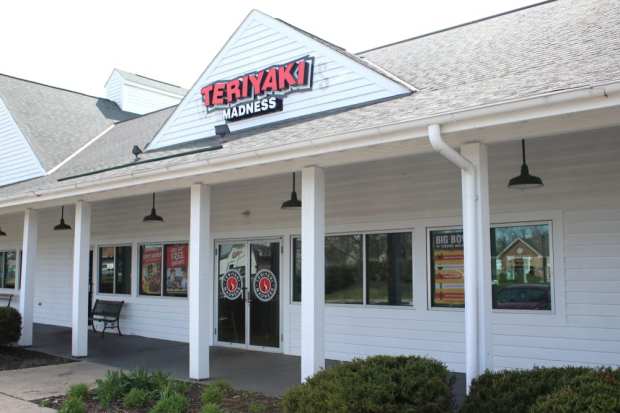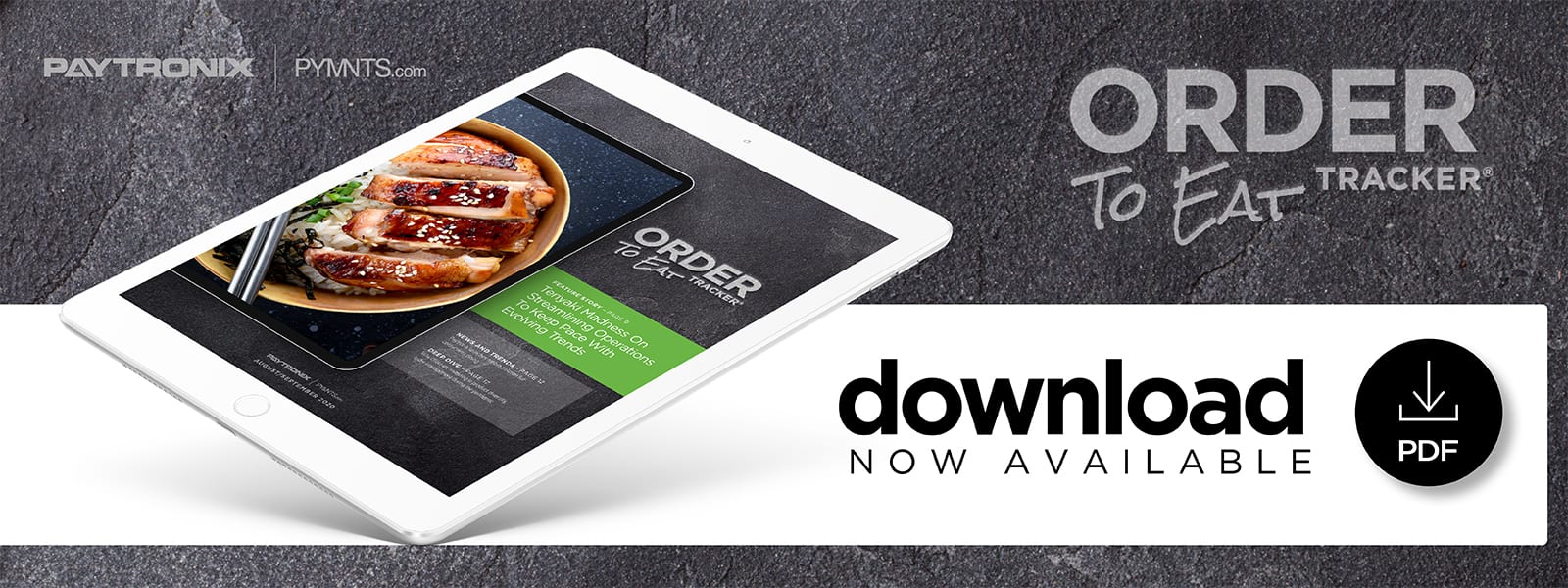Teriyaki Madness On Streamlining Operations To Keep Pace With Evolving Trends

Trying to keep up with the massive influx of takeout and delivery orders has thrown restaurants into overdrive in an effort to keep serving up the menu — and ordering — preferences of their customers. In this month’s Order To Eat Tracker, Michael Haith, CEO of fast casual grille Teriyaki Madness, shares his experiences in using order management tech to streamline the many channels his customers now tap to order from his menu.
Consumers have faced months of stay-at-home orders and social distancing requirements during the pandemic, and they are thus reluctant to dine out, causing many restaurants and cafes to close.
One report revealed that more than 72,800 eateries listed on crowd-sourced restaurant review site Yelp had permanently shuttered since the start of the health crisis, for example. The quick-service restaurants (QSRs) that remain are facing a fiercely competitive market as they attempt to cater to consumers whose preferences have changed significantly since the pandemic’s onset.
Many consumers now prefer to order takeout or have meals delivered that they can enjoy in the comfort and safety of their homes, and even those who had never used third-party delivery services are giving them a try. This trend is expected to further boost the number of consumers who routinely use third-party options, even after the pandemic has ended.
QSRs are strategizing to predict the long-term impact such trends will have on this changing landscape, and many that have geared themselves toward delivery and takeout are moving to further enhance these offerings. Denver-based fast casual Seattle-style teriyaki chain Teriyaki Madness, which offers digital ordering online and via app, realized several years ago that many consumers were interested in convenient meals they could eat at home.
“We built ourselves for convenience,” said Michael Haith, CEO of Teriyaki Madness, which has roughly 79 locations nationwide. “We have a very simple menu and realized that Uber Eats, DoorDash and Grubhub were going to be big. We knew they would be the perfect channel for us to get our products to the customers at home.”
He explained that the chain built its technology around leveraging third-party delivery services rather than its own crews, and it now works with all available delivery providers in most of its markets. Taking such steps can enable QSRs to streamline their operations and lead to significant sales gains, he noted.
Managing Order Integrity
Haith said optimizing the QSR’s technologies with convenience in mind has been key to helping it streamline its operations. The chain packages its meals in secure bowls and containers, meaning it had to configure its order management process to ensure that food was fresh when it reached customers.
He explained that Teriyaki Madness’ platform manages its app and third-party delivery options through its point-of-sale (POS) system, and it will soon enable curbside pickup as well. It also uses the platform to identify various operational efficiencies and streamline inventory, scheduling and marketing, Haith explained.
The chain’s primary concern when managing order integrity was to ensure that all third-party delivery services were consolidated when integrated with its POS system. He said the firm has partnered with two food services platforms to resolve these challenges.
“We didn’t want to have iPads sitting around and have the orders coming in from different channels, and [we] wanted to [ensure] the delivery drivers would go right back into the kitchen without any delay,” Haith said. “It took us about a year to put everything together with the POS system, but the challenge was really integration.”
Managing inventory is still no easy chore, Haith said, especially given the level of customization the eatery offers for individual orders. He explained that the firm is still working to tackle this issue, however.
“We make all of our own sauces so people can do all kinds of crazy things with those sauces, with our proteins and with our fresh vegetables and our rice and noodles,” Haith said. “[This customization makes it] difficult to manage inventory through our current POS system.”
The pandemic quickly accelerated restaurants’ shifts toward drive-thru, carryout and delivery services, and Haith said he predicts that this trend will last for at least five years. He also explained that there will always be demand for items tailored to individuals’ dietary needs, whether they require offerings that are gluten-free, sodium-free or low-carb, for example.
“In the same way they want good food in a convenient manner, they want value and want to be able to customize their food to their particular dietary needs,” Haith added.
Catering to customers’ needs requires strategies that can satisfy them both during the pandemic and after it abates. The QSRs that invest in the right technologies for their operations and keep pace with consumers’ ever-changing preferences thus stand to hold their competitive edge now and in the future.

